Mahesh R Ramachandran
age ~54
from San Ramon, CA
- Also known as:
-
- Mahesh Vanitha Ramachandran
- H Ramachandran
Mahesh Ramachandran Phones & Addresses
- San Ramon, CA
- 32368 Derby St, Union City, CA 94587
- 348 Southhill Blvd, Daly City, CA 94014 • (415)5866559
- Menlo Park, CA
- San Jose, CA
- Gainesville, FL
- Alameda, CA
Resumes

Vice President
view sourceLocation:
10533 Sunset Ridge Dr, San Diego, CA 92131
Industry:
Banking
Work:
Bank of America
Vice President - Digital and Mobile and Email Channel and Product Management
Bank of America Feb 2004 - Oct 2011
Vice President - Technology Delivery and Product Quality
Bank of America Feb 2000 - Dec 2004
Senior Qa Manager
J.p. Morgan Aug 1998 - Dec 1999
Qa and Business Analyst
First Data Corporation Oct 1997 - Aug 1998
Senior Business Analyst
Vice President - Digital and Mobile and Email Channel and Product Management
Bank of America Feb 2004 - Oct 2011
Vice President - Technology Delivery and Product Quality
Bank of America Feb 2000 - Dec 2004
Senior Qa Manager
J.p. Morgan Aug 1998 - Dec 1999
Qa and Business Analyst
First Data Corporation Oct 1997 - Aug 1998
Senior Business Analyst
Education:
University of California, Berkeley 1994 - 1995
Associates, Project Management
Associates, Project Management
Skills:
Banking
E Commerce
Process Development
Project Budgeting
Project Delivery and Execution
Resource and Budgeting
Budgets
Integration
Crm
Requirements Analysis
Process Simulation
Quality Assurance
Project Delivery
Project Management
Business Analysis
Risk Management
Sdlc
Agile Methodologies
Software Project Management
Strategy
Testing
Management
Leadership
Team Leadership
Vendor Management
Project Portfolio Management
Mobile Devices
Business Process Improvement
Process Improvement
Business Intelligence
It Strategy
It Management
Analytics
Internet Banking
E Commerce
Process Development
Project Budgeting
Project Delivery and Execution
Resource and Budgeting
Budgets
Integration
Crm
Requirements Analysis
Process Simulation
Quality Assurance
Project Delivery
Project Management
Business Analysis
Risk Management
Sdlc
Agile Methodologies
Software Project Management
Strategy
Testing
Management
Leadership
Team Leadership
Vendor Management
Project Portfolio Management
Mobile Devices
Business Process Improvement
Process Improvement
Business Intelligence
It Strategy
It Management
Analytics
Internet Banking
Languages:
English

Mahesh Ramachandran
view sourceWork:
Bsnl Apr 1979 - Jul 2010
Bsnl
Bsnl
Us Patents
-
Method, System, And Apparatus For Distributing And Using Computer-Based Applications Over A Network
view source -
US Patent:6711619, Mar 23, 2004
-
Filed:Dec 15, 1999
-
Appl. No.:09/464351
-
Inventors:Bharath Chandramohan - Mountain View CA
Mahesh Ramachandran - San Jose CA -
Assignee:Hewlett-Packard Development Company, L.P. - Houston TX
-
International Classification:G06F 1516
-
US Classification:709229, 709203, 709219, 709231, 709232, 707 10
-
Abstract:A method, system, and apparatus for distributing and using portions of a computer-based application over a network, such as the internet. The present embodiment executes streamed chunks of code associated with an application on demand by binary emulation. Therefore the present invention enables execution of applications on network-based computer systems thereby enabling flexible distribution and use of executable code over a network. By streaming the transmission of non-sequentially ordered code chunks the present embodiment enables overlapping of streaming and execution of code chunks and reduces network latency effects of the past. The present embodiment may also speculatively stream the code chunks associated with the application to further reduce network latency effects associated with transmission of the code chunks.
-
Alert Correlating Using Sequence Model With Topology Reinforcement Systems And Methods
view source -
US Patent:20210243069, Aug 5, 2021
-
Filed:May 18, 2020
-
Appl. No.:16/876723
-
Inventors:- San Jose CA, US
Mahesh RAMACHANDRAN - San Jose CA, US
Bhanu Pratap SINGH - Fremont CA, US -
Assignee:OPSRAMP, INC. - San Jose CA
-
International Classification:H04L 12/24
G06F 9/54
G06N 3/08
G06K 9/62 -
Abstract:Alert correlation plays an important role in IT event management. It helps reduce the number of alerts that IT staff have to act upon. The disclosure describes a method, a computer program product that applies a machine driven deep learning model to effectively correlate alerts caused by a common root cause. In addition, this method of correlation provides the user the context of the root cause. Therefore, it helps the user to quickly identify, understand and resolve the problem thereby reducing the mean time to identification and resolution. Alerts that are caused by the same root cause therefor come together. In the machine learning world, language sequence models are doing very well on learning the sequence patterns between words. For example, the machine can learn the subtle difference between choice of words and the order of words in order to fake a person's writing. The disclosed embodiments use similar technology but apply it on IT resource and application monitoring alerts across private and public clouds to learn the alert's sequence pattern. Once the sequence model is trained with alert sequences, the model is fed with a stream of new alerts, the model then identifies the two or more alerts that are together or clustered. Clustered alerts are often caused by the same root cause and should be correlated as one unit of work to understand cause, impact and resolution.
-
Enabling Augmented Reality Using Eye Gaze Tracking
view source -
US Patent:20200033943, Jan 30, 2020
-
Filed:Oct 2, 2019
-
Appl. No.:16/591382
-
Inventors:- San Diego CA, US
Mahesh RAMACHANDRAN - Santa Clara CA, US -
International Classification:G06F 3/01
G06K 9/00
G06F 3/147
G06F 3/0481
G06K 9/22 -
Abstract:Methods and apparatus relating to enabling augmented reality applications using eye gaze tracking are disclosed. An exemplary method according to the disclosure includes displaying an image to a user of a scene viewable by the user, receiving information indicative of an eye gaze of the user, determining an area of interest within the image based on the eye gaze information, determining an image segment based on the area of interest, initiating an object recognition process on the image segment, and displaying results of the object recognition process.
-
Enabling Augmented Reality Using Eye Gaze Tracking
view source -
US Patent:20180253145, Sep 6, 2018
-
Filed:May 2, 2018
-
Appl. No.:15/969430
-
Inventors:- San Diego CA, US
Mahesh RAMACHANDRAN - San Jose CA, US -
International Classification:G06F 3/01
G06K 9/00
G06F 3/147
G06K 9/22
G06F 3/0481
G06K 9/32 -
Abstract:Methods and apparatus relating to enabling augmented reality applications using eye gaze tracking are disclosed. An exemplary method according to the disclosure includes displaying an image to a user of a scene viewable by the user, receiving information indicative of an eye gaze of the user, determining an area of interest within the image based on the eye gaze information, determining an image segment based on the area of interest, initiating an object recognition process on the image segment, and displaying results of the object recognition process.
-
Exterior Hybrid Photo Mapping
view source -
US Patent:20160307328, Oct 20, 2016
-
Filed:Jun 28, 2016
-
Appl. No.:15/195921
-
Inventors:- San Diego CA, US
Christopher Brunner - San Diego CA, US
Arvind Ramanandan - San Diego CA, US
Mahesh Ramachandran - San Jose CA, US
Abhishek Tyagi - San Diego CA, US
Murali Ramaswamy Chari - San Diego CA, US -
International Classification:G06T 7/00
G01S 19/14
G06T 7/20 -
Abstract:Embodiments disclosed pertain to the use of user equipment (UE) for the generation of a 3D exterior envelope of a structure based on captured images and a measurement set associated with each captured image. In some embodiments, a sequence of exterior images of a structure is captured and a corresponding measurement set comprising Inertial Measurement Unit (IMU) measurements, wireless measurements (including Global Navigation Satellite (GNSS) measurements) and/or other non-wireless sensor measurements may be obtained concurrently. A closed-loop trajectory of the UE in global coordinates may be determined and a 3D structural envelope of the structure may be obtained based on the closed loop trajectory and feature points in a subset of images selected from the sequence of exterior images of the structure.
-
Off-Target Tracking Using Feature Aiding In The Context Of Inertial Navigation
view source -
US Patent:20150092048, Apr 2, 2015
-
Filed:Sep 25, 2014
-
Appl. No.:14/497117
-
Inventors:- San Diego CA, US
Arvind Ramanandan - San Diego CA, US
Mahesh Ramachandran - San Jose CA, US
Abhishek Tyagi - San Diego CA, US
Murali Ramaswamy Chari - San Diego CA, US -
International Classification:G06K 9/00
G06T 7/60 -
US Classification:348135
-
Abstract:A Visual Inertial Tracker (VIT), such as a Simultaneous Localization And Mapping (SLAM) system based on an Extended Kalman Filter (EKF) framework (EKF-SLAM) can provide drift correction in calculations of a pose (translation and orientation) of a mobile device by obtaining location information regarding a target, obtaining an image of the target, estimating, from the image of the target, measurements relating to a pose of the mobile device based on the image and location information, and correcting a pose determination of the mobile device using an EKF, based, at least in part, on the measurements relating to the pose of the mobile device.
-
Hybrid Photo Navigation And Mapping
view source -
US Patent:20150094089, Apr 2, 2015
-
Filed:Sep 25, 2014
-
Appl. No.:14/497219
-
Inventors:- San Diego CA, US
Christopher Brunner - San Diego CA, US
Hui Chao - San Jose CA, US
Murali Ramaswamy Chari - San Diego CA, US
Arvind Ramanandan - San Diego CA, US
Mahesh Ramachandran - San Jose CA, US
Abhishek Tyagi - San Diego CA, US -
International Classification:H04W 4/04
H04W 4/02 -
US Classification:4554561
-
Abstract:Embodiments disclosed obtain a plurality of measurement sets from a plurality of sensors in conjunction with the capture of a sequence of exterior and interior images of a structure while traversing locations in and around the structure. Each measurement set may be associated with at least one image. An external structural envelope of the structure is determined from exterior images of the structure and the corresponding outdoor trajectory of a UE. The position and orientation of the structure and the structural envelope is determined in absolute coordinates. Further, an indoor map of the structure in absolute coordinates may be obtained based on interior images of the structure, a structural envelope in absolute coordinates, and measurements associated with the indoor trajectory of the UE during traversal of the indoor area to capture the interior images.
-
Exterior Hybrid Photo Mapping
view source -
US Patent:20150094952, Apr 2, 2015
-
Filed:Sep 25, 2014
-
Appl. No.:14/497235
-
Inventors:- San Diego CA, US
Christopher BRUNNER - San Diego CA, US
Arvind RAMANANDAN - San Diego CA, US
Mahesh RAMACHANDRAN - San Jose CA, US
Abhishek TYAGI - San Diego CA, US
Murali Ramaswamy CHARI - San Diego CA, US -
International Classification:G01C 21/00
G06T 7/20
G01S 19/13 -
US Classification:701491, 701541, 701532
-
Abstract:Embodiments disclosed pertain to the use of user equipment (UE) for the generation of a 3D exterior envelope of a structure based on captured images and a measurement set associated with each captured image. In some embodiments, a sequence of exterior images of a structure is captured and a corresponding measurement set comprising Inertial Measurement Unit (IMU) measurements, wireless measurements (including Global Navigation Satellite (GNSS) measurements) and/or other non-wireless sensor measurements may be obtained concurrently. A closed-loop trajectory of the UE in global coordinates may be determined and a 3D structural envelope of the structure may be obtained based on the closed loop trajectory and feature points in a subset of images selected from the sequence of exterior images of the structure.
Myspace

Mahesh Kumar Ramachandran
view source
Mahesh Ramachandran
view source
Mahesh Ramachandran
view source
Ramachandran Mahesh
view source
Mahesh Ramachandran
view source
Mahesh Ramachandran
view source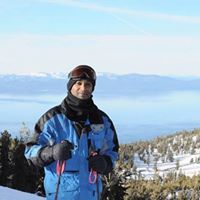
Mahesh R Ramachandran
view source
Mahesh Ramachandran
view sourcePlaxo

Mahesh Ramachandran
view sourceGreater LondonManager at GlaxoSmithKline Past: Consultant at Everest Group

Mahesh Ramachandran
view sourceSan Francisco
Youtube
Googleplus
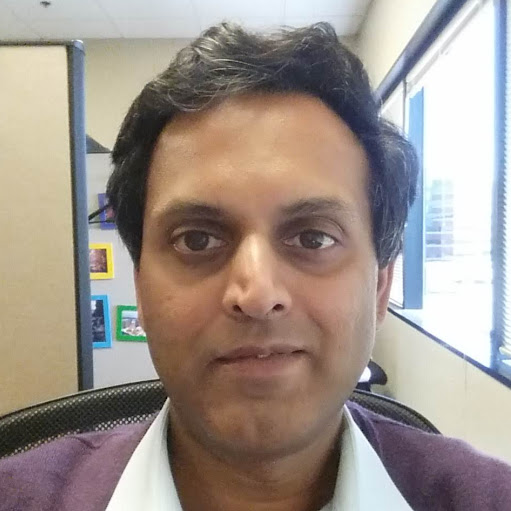
Mahesh Ramachandran
Lived:
San Jose, CA, USA
Education:
St. michael's academy
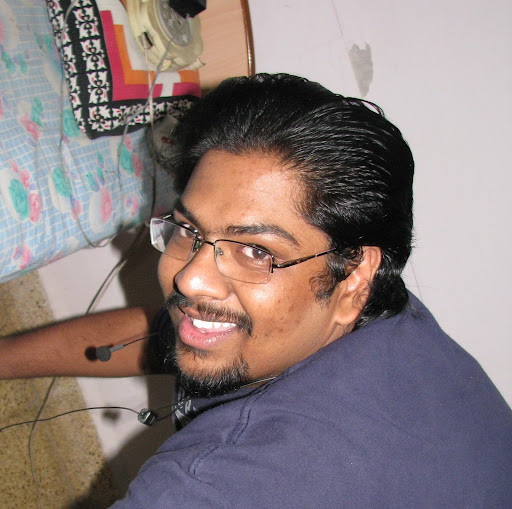
Mahesh Ramachandran
Work:
Deutsche Bank Operations International Global Services - Process Supervisor (2007)

Mahesh Ramachandran

Mahesh Ramachandran
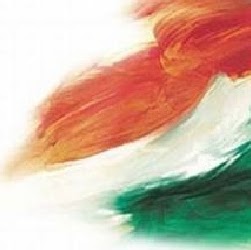
Mahesh Ramachandran
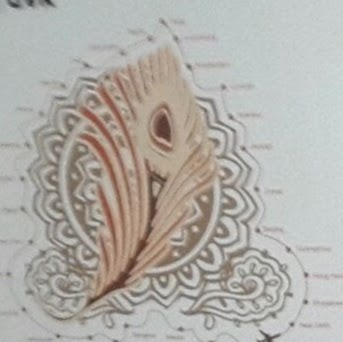
Mahesh Ramachandran
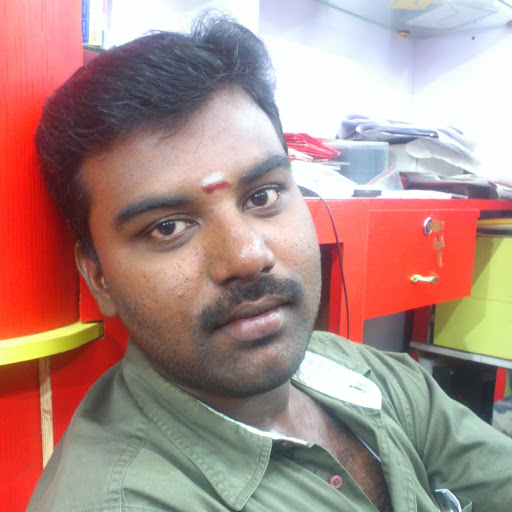
Mahesh Ramachandran

Mahesh Ramachandran
Flickr
Get Report for Mahesh R Ramachandran from San Ramon, CA, age ~54









